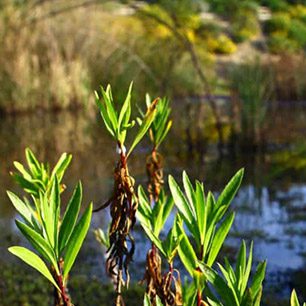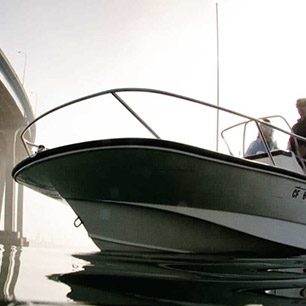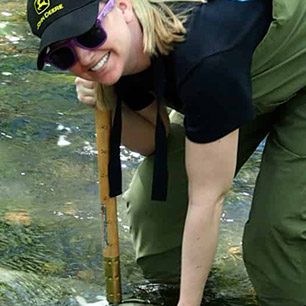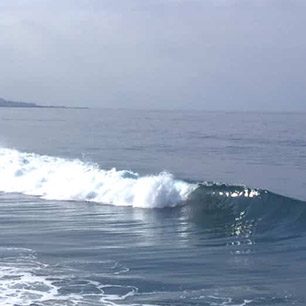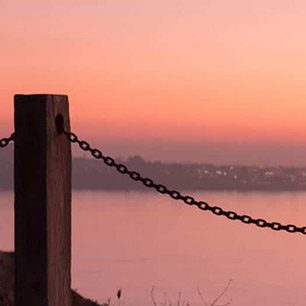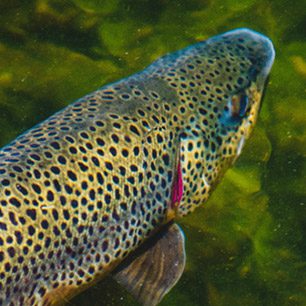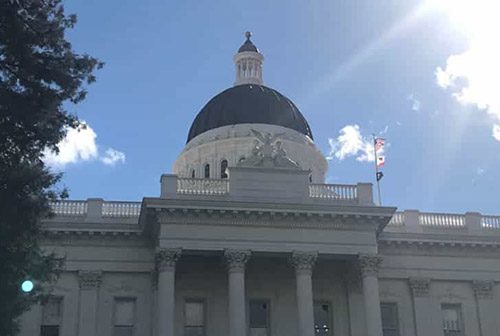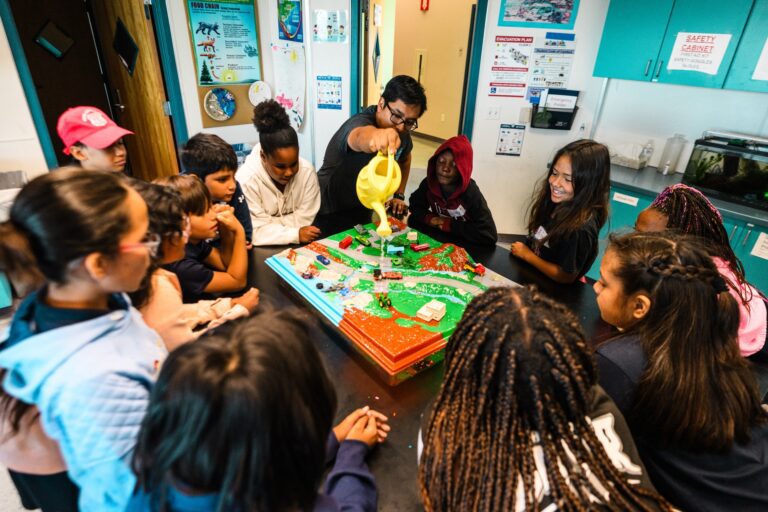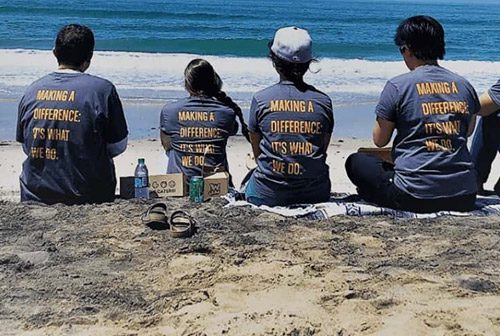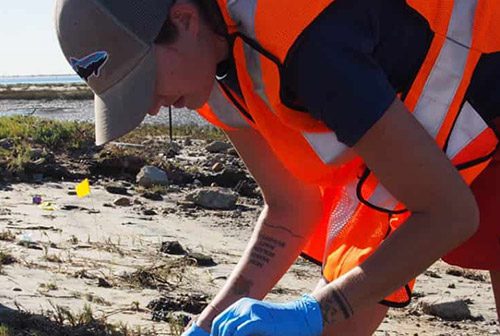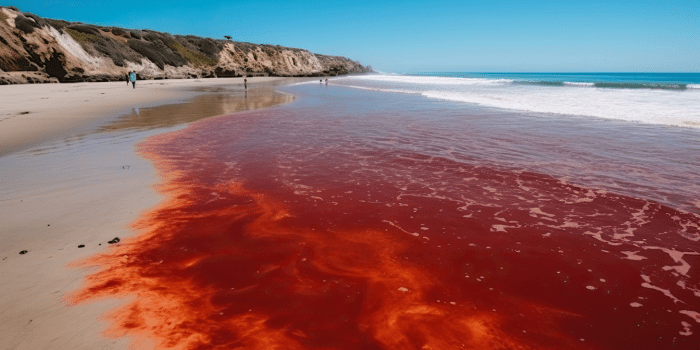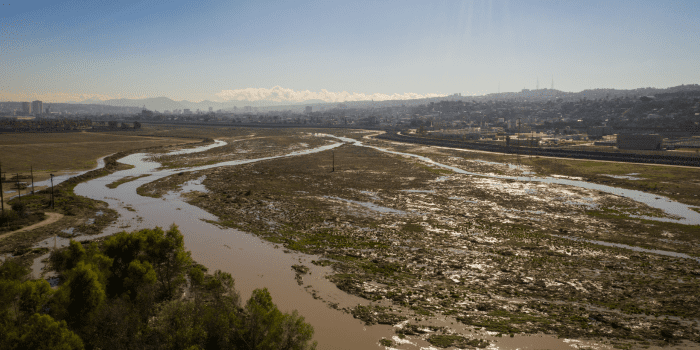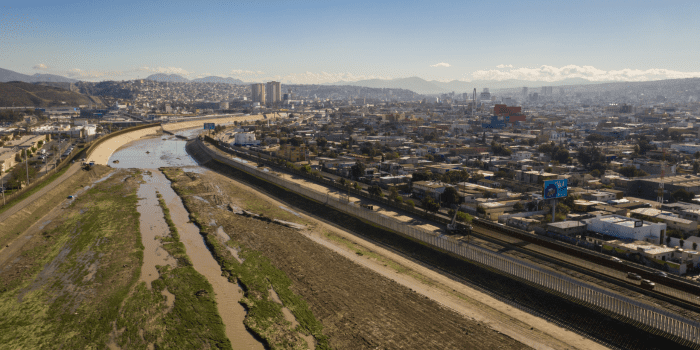In honor of world water day, I wanted to share what I learned in my recent week-long trip to Nicaragua. Nicaragua is a beautiful country, and everyone we met was friendly and helpful. My cousin and I stayed at a wonderful resort, Mango Rosa , located just outside of San Juan del Sur, on the Pacific coast approximately 2 hours from the Managua Airport.
On the drive from the airport to the resort, there was one thing I could not ignore: the miles and miles of trash lining the road . And while there were various types of trash along the road, it was clear that the vast majority of the trash was plastic—plastic bottles and Nicaragua’s ubiquitous pink plastic single-use bag.


The second thing I noticed after all the trash along the road was the countless number of people walking along the road and carrying a pink plastic single-use bag. Nearly everyone had one; no wonder they were scattered along the roadside.
Later in the week, I was fortunate enough to take a horseback riding trip to Playa Majagual and Playa Maderas, two of the local beaches. I was stunned by the number of plastic bottles along the dirt road leading from the beach, particularly since there were only a few houses dotted along route. In fact, in a 400-yard stretch, I counted 33 plastic bottles along the road.
As I glanced at these plastic bottles marring the otherwise-stunning landscape, they smiled back at me proudly with their American labels: Coca-Cola™, Powerade™, Sprite™…
When I tried to talk about the litter issue with some of the staff at the resort, they were quite defensive. They explained that most parts of Nicaragua do not have trash collection services and most people do not have cars. Mango Rosa was less than a mile from the local dump, where they collected and burned trash, but it was up to individuals to bring the trash to the dump. If people did not have a way to get the trash to the dump, it would often end up scattered along the side of a road, or across the countryside, or lining the beaches.
San Diego Coastkeeper has long-recognized the connection between inland trash and litter issues and marine debris issues. In fact, our last Signs of the Tide event, “The Great Trash Migration” explored this very issue while I was traveling in Nicaragua. If you missed the event, you can still see all the presentations here.
What I took away from my Nicaragua trip was that, whether we realize it or not, we as Americans set an example for the rest of the world. We’ve exported to Nicaragua our concept of a throw-away society, one where our lives are full of singl

On World Water Day I challenge each of us to set a better example for our neighbors. Bring your own reusable bag to the grocery store and say “No!” to single-use plastic bags. Carry your own refillable water bottle. Support Coastkeeper’s work to clean-up trash along our coast and in our waterways and to convince the City Council to stop using City funds to buy bottled water, except in emergencies. By becoming a member of San Diego Coastkeeper, you can support our work and get a free “I bottle my own” reusable water bottle. Only once we set a better example for our neighbors, can we help our neighbors to take the first step to solving their trash and marine debris problems.
